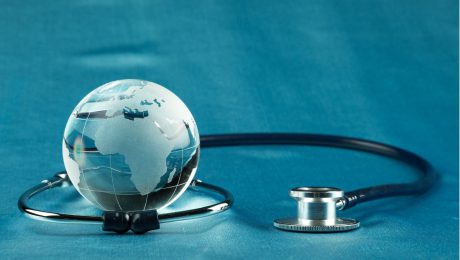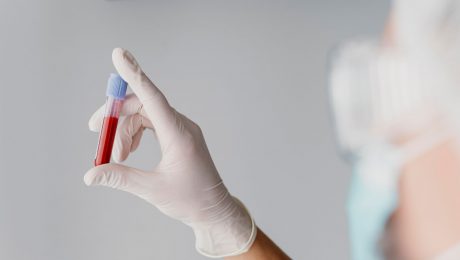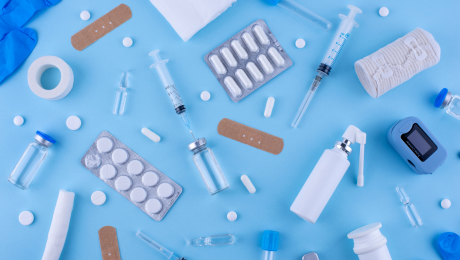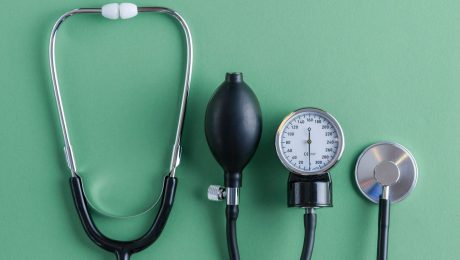What Is An Example Of A Parallel Import In The Global Healthcare Marketplace?
Welcome to the dynamic world of global healthcare trade, where wholesalers play a pivotal role in ensuring the seamless distribution of essential products. In this blog, we will explore the intriguing realm of parallel imports and how wholesalers can leverage this phenomenon to navigate the complexities of the healthcare market. Specifically, we’ll focus on vaccinations, medicinal products, medical devices, and medical consumables, shedding light on opportunities and considerations for wholesalers in this ever-evolving landscape.
Understanding the Wholesaler’s Role
Wholesalers are the backbone of the healthcare supply chain, connecting manufacturers with retailers and healthcare providers. Their ability to adapt to market dynamics and identify cost-effective solutions is crucial for maintaining a steady flow of products to meet demand.
Parallel Imports as a Strategic Advantage
For wholesalers seeking a competitive edge, parallel imports present a strategic avenue. By tapping into genuine, authorized products from international markets, wholesalers can explore cost-effective options without compromising on quality. This is particularly pertinent when dealing with high-demand items like vaccinations, medicinal products, medical devices, and consumables.
Key Considerations for Wholesalers
1. Legal Framework:
– Stay abreast of the legal landscape surrounding parallel imports in different regions. Understanding the regulatory framework ensures compliance and mitigates potential risks.
2. Quality Assurance and Safety Protocols:
– Prioritize partnerships with reputable suppliers and manufacturers to uphold product quality and safety standards. Implement robust quality assurance protocols to build trust with clients.
3. Market Dynamics and Price Variability:
– Analyze market dynamics, identifying price differentials between regions. Parallel imports offer an opportunity to capitalize on these variations, providing wholesalers with a competitive edge in pricing.
4. Adaptability in the Healthcare Ecosystem:
– Embrace flexibility in response to evolving healthcare needs. Wholesalers adept at navigating the landscape of parallel imports can quickly adapt to changing market conditions and customer demands.
5. Building Ethical and Sustainable Practices:
– Demonstrate a commitment to ethical business practices. Balancing affordability with ethical considerations ensures wholesalers contribute positively to the healthcare ecosystem.
Conclusion
In the ever-changing landscape of global healthcare, wholesalers stand at the forefront of ensuring the efficient distribution of critical products. Parallel imports, when approached strategically, can empower wholesalers to enhance their offerings, providing cost-effective solutions without compromising on quality. By navigating the legal, quality, and ethical considerations of parallel imports, wholesalers can position themselves as key players in meeting the diverse and dynamic needs of the healthcare marketplace. Embrace the opportunities presented by parallel imports and unlock new avenues for growth and success in the evolving world of healthcare distribution.
- Published in Importing & Sourcing
Unveiling the Lifesaving Potential: Medicinal Products Derived from Plasma and Blood Lines
In the intricate world of modern medicine, where scientific advancements continuously redefine the boundaries of healing, an often-overlooked hero takes center stage: plasma and blood lines. These unsung elements hold the key to creating a myriad of lifesaving medicinal products that have revolutionized patient care and medical treatments. In this exploration, we delve into the remarkable realm of medicinal products derived from plasma and blood lines, uncovering their life-altering potential and the countless lives they touch.
The Elixir of Life: Plasma-Derived Medicinal Products
At the heart of this medical marvel lies plasma, the golden liquid that courses through our veins. The journey begins with the selfless act of plasma donation, where donors contribute this precious fluid that holds a treasure trove of healing components. Through a meticulous process, plasma is carefully fractionated into its constituent elements, including clotting factors, immunoglobulins, albumin, and more. These components serve as the building blocks for a range of medicinal products that are nothing short of miraculous.
Plasma-derived medicinal products play a pivotal role in treating a diverse array of medical conditions. Clotting factors extracted from plasma are indispensable for individuals with bleeding disorders, allowing them to lead healthier lives. Immunoglobulins, rich with antibodies, empower those with immune deficiencies to combat infections. These products extend a lifeline to individuals battling autoimmune diseases, providing relief and improved quality of life.
Harnessing the Power of Blood Line-Derived Therapies
Venturing further, we uncover the potent potential of blood line-derived therapies. Stem cell treatments and bone marrow transplants, which rely on the compatibility of blood lines, offer a beacon of hope to patients facing conditions such as leukemia and other blood-related disorders. The intricacies of blood line matches underscore the intricate dance between medical science and human biology, as matching blood lines hold the key to successful transplants.
Vaccines and Immunizations: A Shield Forged from Blood Lines
In the realm of preventive medicine, the alliance between blood lines and immunizations is formidable. Bloodline components play a pivotal role in the development of certain vaccines, acting as the foundation for creating antibodies against diseases. Examples abound, with vaccines for hepatitis B utilizing plasma-derived components to provide protection against this potentially deadly virus.
Pioneering Advanced Medical Treatments
The application of plasma and blood lines doesn’t stop at traditional treatments. The realm of regenerative medicine and wound healing embraces their potential. Platelet-rich plasma (PRP), derived from blood lines, has found a home in orthopedics and tissue regeneration. This revolutionary therapy accelerates healing, offering new hope for those seeking faster recovery and improved outcomes.
Shining Light on Rare Diseases with Plasma-Derived Products
For those navigating the challenges of rare and orphan diseases, plasma-derived products emerge as beacons of light. Conditions like hemophilia and von Willebrand disease find solace in plasma-derived clotting factors, providing a lifeline to those who previously faced insurmountable obstacles. These treatments are not just medical interventions; they are the catalysts of improved quality of life, transforming the daily experiences of patients and their families.
Balancing Safety, Regulations, and Ethics
As we continue our journey, we encounter the guardians of safety, regulations, and ethics that guide the realm of plasma and blood line-derived products. Rigorous safety measures are meticulously followed during collection and processing to ensure the integrity of these vital elements. Regulatory bodies set stringent standards to guarantee the efficacy and safety of medicinal products, ensuring they bring healing without harm. Alongside this, the ethical considerations surrounding plasma donation and its use underscore the importance of this noble act in advancing medical science and patient care.
Illuminating the Path to Future Possibilities
As we look to the future, the horizon of possibilities widens. Ongoing research and advancements in plasma and blood line-derived treatments hold promise for personalized medicine and gene therapies. The very blueprint of our biology, stored in our blood lines, holds clues to innovative treatments that could reshape medical landscapes. The boundaries of what is possible continue to be pushed, leading us to imagine a future where even more lives are saved and transformed.
Embracing the Miracle Within
In the intricate tapestry of medicine, plasma and blood lines stand as reminders of the marvels that can be unlocked through science, compassion, and human innovation. The medicinal products derived from these elements are not just molecules; they are vessels of hope, healing, and transformation. As we conclude our journey, let us be inspired to appreciate the significance of plasma donation, support ongoing research, and honor the lifesaving potential that resides within each of us.
- Published in Plasma and Bloodline
Understanding Oncology: Exploring the Basics of Cancer Treatment
Cancer, a complex group of diseases characterized by abnormal cell growth, is a major global health concern. Fortunately, the field of oncology has made significant strides in understanding and treating various forms of cancer. In this blog, we delve into the fundamental aspects of cancer treatment, focusing on the role of oncology medicine and highlighting the contributions of Elis Ilac in providing these essential treatments.
The Basics of Cancer Treatment: A Multifaceted Approach
Cancer treatment is a multifaceted journey that requires a comprehensive approach. It involves a combination of medical disciplines, therapies, and interventions designed to target and eradicate cancer cells while minimizing damage to healthy cells. The primary methods of cancer treatment include:
Surgery: Surgical procedures involve the removal of cancerous tumors and adjacent tissues. It is often the first step in treating solid tumors and can be curative or palliative.
Chemotherapy: Chemotherapy uses drugs to target and destroy cancer cells. These drugs can be administered orally or intravenously, and they work by disrupting the growth and division of rapidly multiplying cells.
Radiation Therapy: This treatment involves the use of high-energy radiation to damage and destroy cancer cells. It is often used in combination with surgery or chemotherapy.
Immunotherapy: Immunotherapy harnesses the body’s immune system to recognize and attack cancer cells. It has shown promising results in various types of cancer.
Targeted Therapy: Targeted therapy focuses on specific molecules involved in cancer growth. This approach aims to disrupt the signals that promote cancer cell growth and survival.
Precision Medicine: Precision medicine involves tailoring treatments to individual patients based on their genetic makeup and the specific characteristics of their cancer.
The Role of Oncology Medicine: Providing Hope and Healing
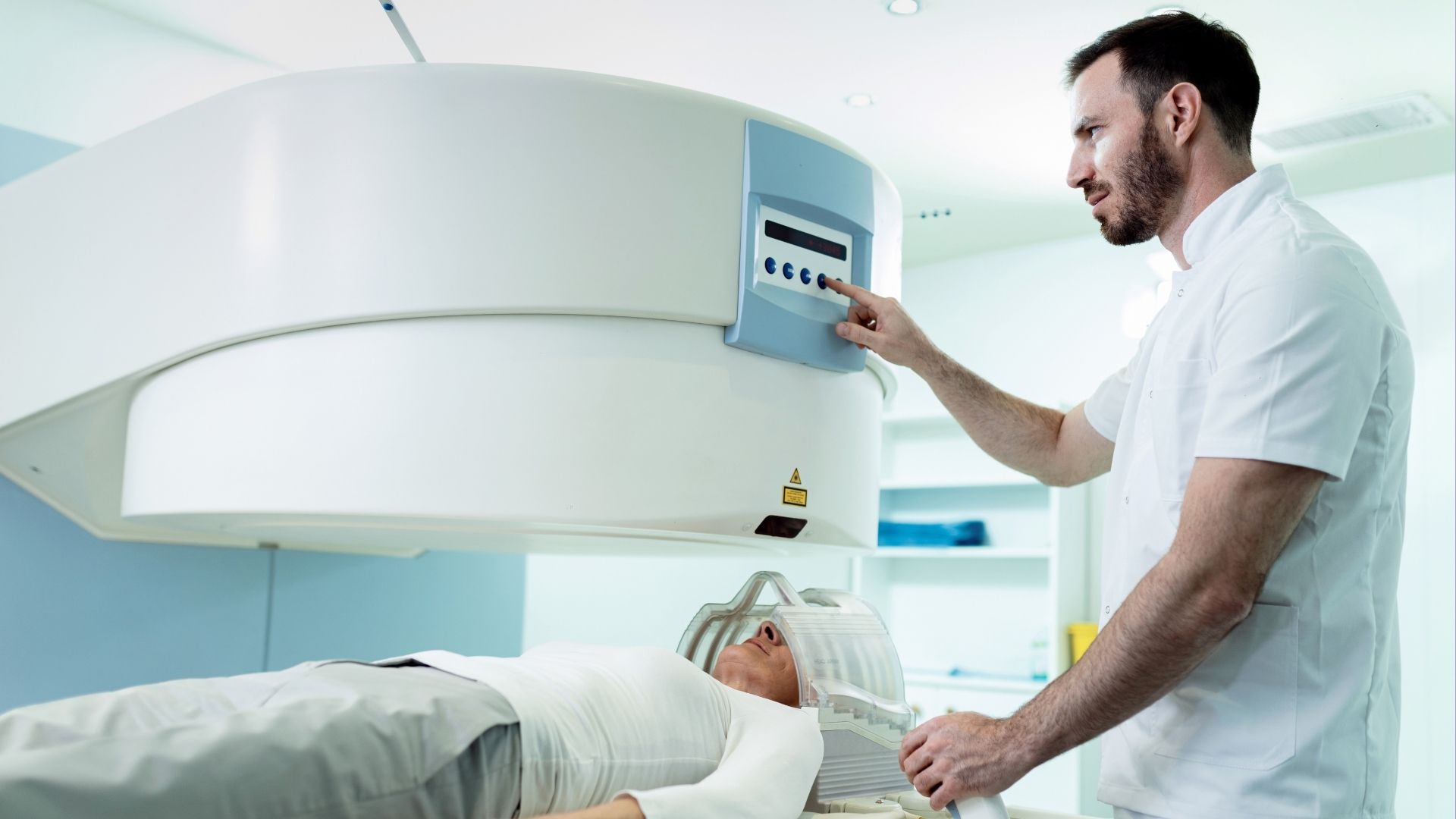
Oncology medicine plays a pivotal role in cancer treatment. These medications are designed to specifically target cancer cells or modulate the body’s response to the disease. They range from traditional chemotherapy drugs to newer, more targeted therapies. Elis Ilac, a reputable pharmaceutical company, has been at the forefront of providing oncology medicine that contributes to better patient outcomes.
Elis Ilac: A Beacon of Hope in Cancer Treatment
Elis Ilac is a distinguished name in the field of pharmaceuticals, with a special focus on oncology medicine. The company’s dedication to research and innovation has resulted in the development of cutting-edge treatments that make a difference in the lives of cancer patients. Through a commitment to quality, safety, and efficacy, Elis Ilac has earned the trust of healthcare professionals and patients alike.
Conclusion: Empowering Patients on Their Oncology Journey
Understanding the basics of cancer treatment is crucial for both patients and their caregivers. The journey through cancer treatment can be challenging, but advancements in oncology medicine, along with the dedication of companies like Elis Ilac, offer hope and healing to those facing this diagnosis. As the field of oncology continues to evolve, the synergy between medical science and pharmaceutical innovation holds the promise of brighter days for cancer patients around the world.
- Published in Orphan Line
What Are Medical Consumables?
In the vast and intricate landscape of healthcare, medical consumables are the unsung heroes that silently but significantly contribute to the well-being of patients and the efficacy of medical professionals. These indispensable items, used in every corner of the healthcare sector, encompass a wide range of products designed for a single or limited use. In this blog, we will delve into the world of medical consumables, their diverse forms, and the vital role they play in the field of healthcare.
Meaning of Medical Consumable
Medical consumables are a broad category of healthcare products, designed for one-time or limited usage. They cover an extensive spectrum of items, from the simplest cotton swabs and adhesive bandages to the more complex surgical gloves, syringes, and catheters. The primary reason for their disposable nature is to mitigate the risk of contamination and infection.
List of Medical Consumables
- Protective Gear: Protective gear is of paramount importance in healthcare, especially in sterile environments like operating rooms. This category includes surgical masks, gloves, gowns, and face shields. These items ensure the safety of healthcare professionals by shielding them from potential infections and prevent the spread of diseases.
- Diagnostic Tools: Medical consumables play a pivotal role in diagnostics, offering tools such as test strips, reagents, and lancets. These items are indispensable for a wide range of medical tests, from glucose monitoring for diabetes to pregnancy tests.
- Wound Care Products: Wound care consumables encompass bandages, adhesive tapes, gauze, and wound dressings. They are crucial for covering and protecting wounds, reducing the risk of infection, and facilitating the healing process.
- Intravenous Supplies: The administration of fluids, medications, and nutrients directly into the bloodstream is made possible by consumables used in intravenous therapy. These include IV catheters, needles, syringes, and IV tubing, all of which are essential for patient care.
- Catheters and Drainage Products: Catheters, a common medical consumable, are used to remove or deliver fluids within the body. Additionally, drainage products are employed to manage conditions such as urinary incontinence, significantly improving patient comfort and health.
- Respiratory Care Supplies: The management of respiratory conditions and the maintenance of adequate oxygen levels are crucial in healthcare. Consumables in this category, including oxygen masks, nebulizers, and spirometry mouthpieces, are indispensable for ensuring the well-being of patients with respiratory issues.
- Laboratory Consumables: In laboratory settings, consumables are utilized for various purposes, such as sample collection, testing, and analysis. This category encompasses test tubes, pipettes, culture plates, and microscope slides, all of which are essential for accurate diagnostics and research.
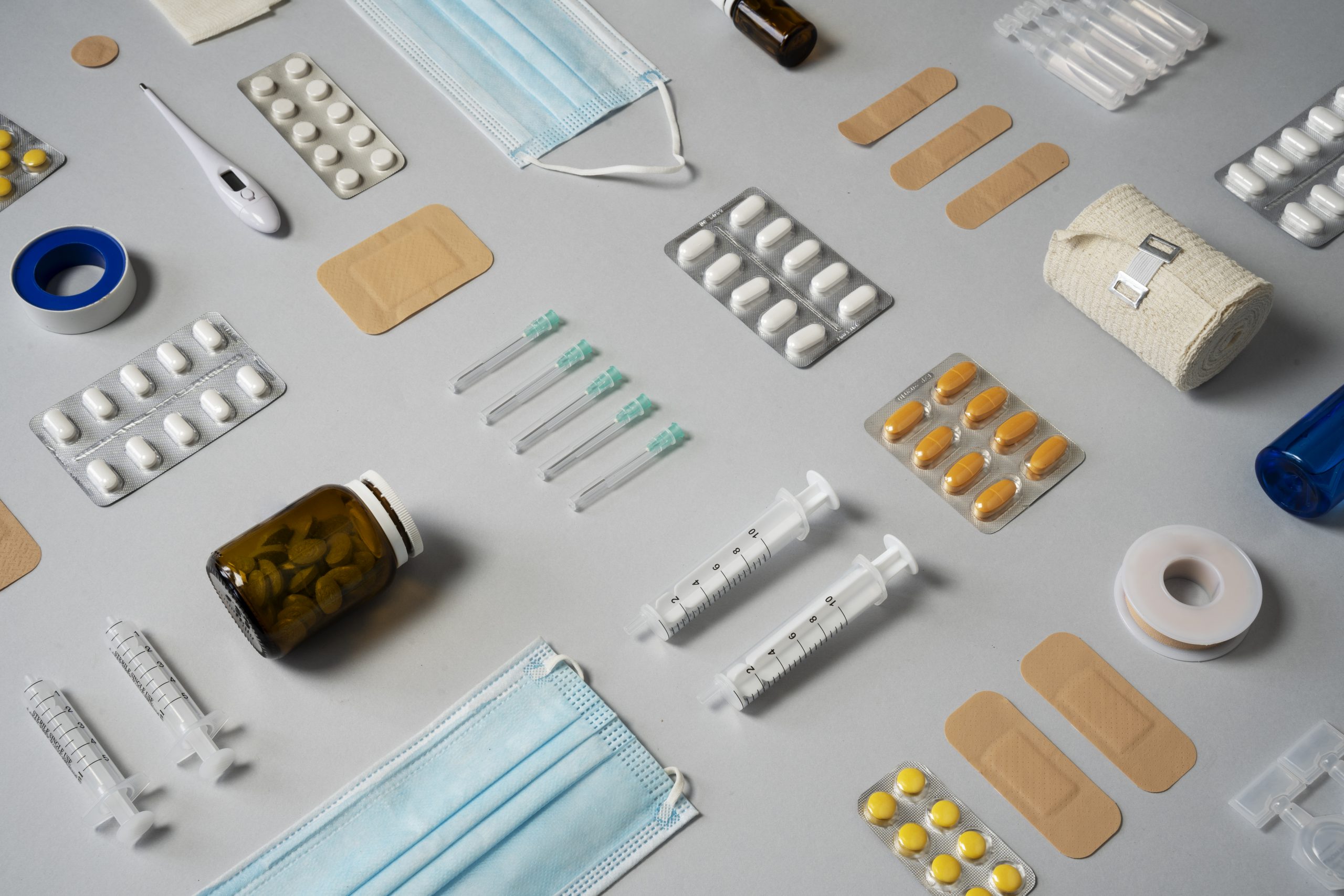
The Importance of Medical Consumables
Medical consumables are the backbone of healthcare for several key reasons:
- Infection Control: The disposable nature of these items reduces the risk of infection transmission. Once used, they are discarded, minimizing the chances of contamination.
- Patient Safety: Medical consumables play a crucial role in ensuring the safety and well-being of patients. From wound care to intravenous therapy, these items are essential for effective and safe treatment.
- Efficiency: The use of consumables streamlines healthcare processes. Healthcare professionals can focus on patient care rather than sterilizing and reusing equipment.
- Research and Diagnosis: In laboratories, consumables are essential for accurate research and diagnosis. They allow for precise sample collection, analysis, and experimentation.
- Cost-Effectiveness: While they are single-use items, medical consumables are cost-effective in the long run. Their use reduces the need for labor-intensive sterilization processes and helps maintain the highest standards of hygiene.
Challenges and Sustainability
The use of medical consumables has grown exponentially in recent years, partly due to the COVID-19 pandemic. This has raised concerns about waste management and environmental impact. Healthcare institutions are increasingly focusing on sustainability, exploring eco-friendly alternatives and efficient waste disposal methods to minimize their carbon footprint.
In conclusion, medical consumables are the unsung heroes of the healthcare sector, supporting every aspect of patient care, from diagnostics to treatment. Their disposable nature not only ensures patient safety but also streamlines healthcare processes. As healthcare continues to evolve, the responsible use and disposal of medical consumables will play an essential role in a more sustainable and efficient healthcare system.
- Published in Medical Consumables
What Is A Medical Device? Examples
In our ever-evolving world of healthcare, medical devices play a pivotal role in enhancing the quality of patient care, improving diagnostics, and revolutionizing treatment methods. In this exploration, we unravel the essence of medical devices, shedding light on their diverse types and unveiling examples that touch lives daily.
What’s a Medical Device?
Medical devices are instruments, apparatuses, machines, or implants specifically designed for medical purposes. They range from simple, everyday tools like thermometers to complex, life-saving devices such as pacemakers. These innovations are crucial in preventing, diagnosing, monitoring, and treating diseases, ultimately contributing to better patient outcomes and improved overall health.
Categories of Medical Devices
1. Diagnostic Devices:
These devices help healthcare professionals identify diseases or conditions. Common examples include blood glucose meters for diabetes management, X-ray machines for imaging, and pregnancy test kits.
2. Therapeutic Devices:
Designed to treat or manage medical conditions, therapeutic devices come in various forms. Examples include nebulizers for respiratory conditions, insulin pumps for diabetes, and infusion pumps for controlled medication delivery.
3. Monitoring Devices:
Monitoring devices keep track of vital signs and physiological parameters. Blood pressure monitors, heart rate monitors, and continuous glucose monitoring systems fall into this category, enabling healthcare providers to make informed decisions about patient care.
4. Surgical Instruments:
Ranging from scalpels to advanced robotic surgical systems, these instruments aid healthcare professionals in performing surgical procedures with precision and efficiency.
5. Implantable Devices:
These devices are placed inside the body to support biological functions or treat medical conditions. Examples include pacemakers for heart rhythm control, cochlear implants for hearing, and artificial joints for orthopedic purposes.
6. Assistive Devices:
Aimed at enhancing the quality of life for individuals with disabilities, assistive devices include hearing aids, wheelchairs, and prosthetic limbs.
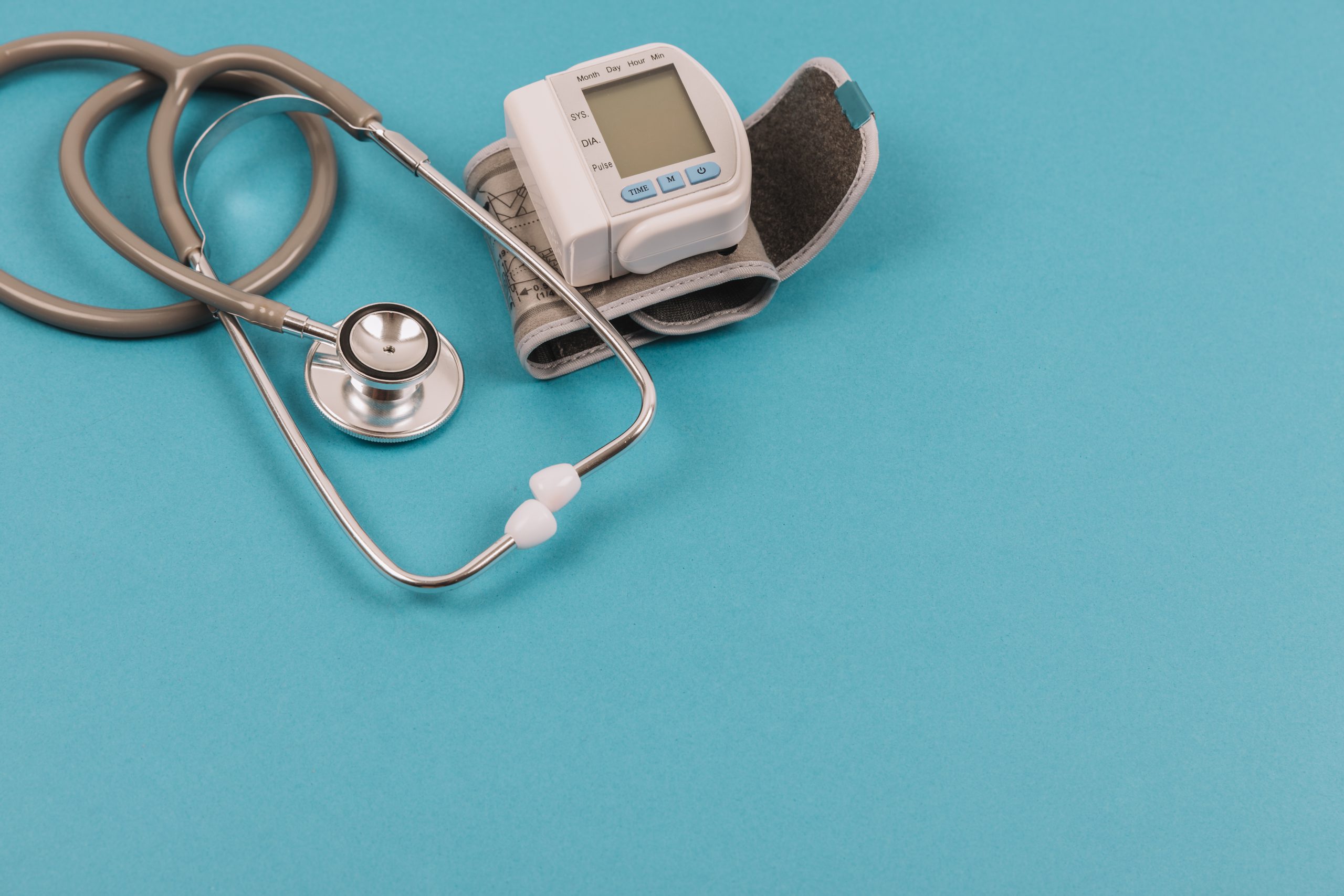
Medical Devices Examples
1. Blood Glucose Monitor:
A staple for individuals managing diabetes, these handheld devices allow users to monitor their blood glucose levels, empowering them to make informed decisions about insulin dosage and dietary choices.
2. MRI Machine:
Magnetic Resonance Imaging (MRI) machines provide detailed images of the body’s internal structures without the use of radiation, aiding in the diagnosis and monitoring of various medical conditions.
3. Pacemaker:
Implanted in individuals with irregular heart rhythms, pacemakers help regulate the heart’s electrical activity, ensuring a steady and healthy heartbeat.
4. Artificial Limbs:
Prosthetic limbs, such as advanced robotic arms and legs, restore mobility and functionality for individuals who have experienced limb loss.
5. Hearing Aid:
A boon for those with hearing impairments, hearing aids amplify sound, allowing users to engage more fully in conversations and daily activities.
6. Infusion Pump:
Commonly used in hospitals, infusion pumps deliver controlled amounts of fluids, medications, or nutrients directly into a patient’s bloodstream.
In the dynamic landscape of healthcare, medical devices stand as beacons of innovation and hope, improving the lives of countless individuals worldwide. From the simplicity of a blood glucose monitor to the complexity of a robotic surgical system, these devices embody the intersection of science, technology, and compassion. As we continue to witness advancements in medical technology, the journey of medical devices unfolds, promising a future where healthcare is more personalized, accessible, and effective for everyone.
- Published in Medical Devices
- 1
- 2


